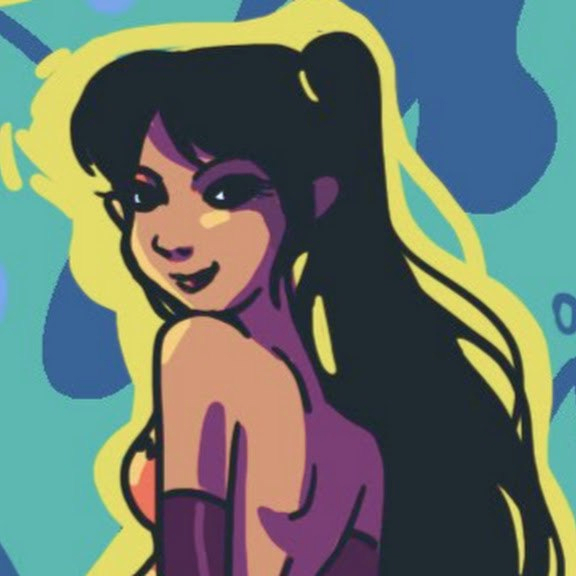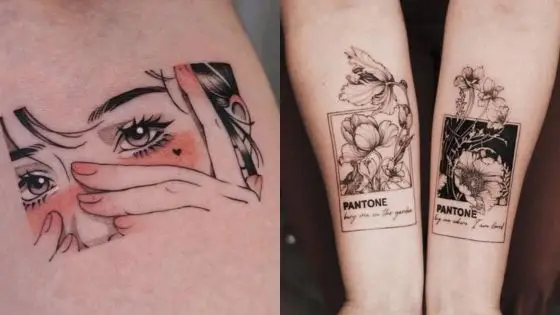Art is everywhere. It’s in the colors of a sunset, the patterns of a city skyline, and the rhythm of a bustling market.

Yet, finding art inspiration or “art inspo” can sometimes feel like a daunting task. Especially when you’re faced with a blank canvas or an empty sketchbook.
But what if the key to unlocking your creativity lies in the ordinary? In the everyday moments that we often overlook?
This guide aims to help you discover the art in everyday life. It’s designed to spark your creativity, broaden your artistic horizons, and inspire you to explore new art styles.
We’ll delve into practical tips and creative ideas. We’ll discuss how to cultivate a mindset that sees the potential for art in the mundane.
Whether you’re an established artist, an art student, or simply someone looking to enhance your creativity, this guide is for you.
So, let’s embark on this journey of finding art inspiration in everyday life. Let’s transform the ordinary into extraordinary art.
The Essence of Art Inspo and Its Role in Creativity
Art inspo is more than just a trendy term. It’s a vital element of the creative process. It refers to the spark that ignites an idea. This inspiration fuels the imagination and drives artistic expression.
Every artist has a unique source of art inspiration. For some, it may come from nature. Others might find it in urban environments. Regardless of its origin, inspiration helps transform thoughts into tangible creations.
Understanding the role of art inspo can enhance creativity. It opens up new possibilities and challenges preconceived ideas. By embracing art inspo, artists can evolve their craft. Thus, developing unique styles and innovative techniques. The journey of creativity thrives on constant inspiration. It feeds the desire to create and discover, making art an ever-evolving form of personal expression.
Everyday Life: A Treasure Trove of Art Inspiration
Artistic inspiration is all around us, waiting to be found in everyday life. From bustling streets to quiet corners, creative potential is endless. We just need to look closer to see it.
Our daily routines hold infinite sources of inspiration. Simple acts like sipping coffee or taking a walk can spark ideas. Observing people and their interactions can provide rich storytelling elements.
Embracing the ordinary allows us to see beauty in the mundane. Everyday life offers a unique perspective and limitless canvas for artistry. With an open mind, creativity can thrive, even in the smallest of details.

Observing Nature’s Masterpieces
Nature is a grand artist, and its creations inspire countless artworks. The vibrant colors of a sunset can ignite a creative spark. The symmetry in leaves or the texture of a tree bark offer endless ideas.
Artists can draw from the patterns found in flora and fauna. Look at how a butterfly flutters or how water ripples in a pond. These moments reveal the interconnectedness of life and art.
Nature’s masterpieces often convey emotion and movement. Capturing these elements can enhance one’s artistic expression. Observing nature sharpens the senses, leading to more profound art inspiration.

The Art of Mundane Objects
Everyday objects are often overlooked in art, yet they hold potential. A worn-out shoe or a rusty can have stories untold. Artists can find beauty and inspiration in these commonplace items.
Transforming mundane into extraordinary starts with perspective. A simple chair or a crumpled piece of paper can inspire. Artists like Marcel Duchamp redefined art with everyday objects.
Creativity blossoms when we challenge our habitual views. By seeing beyond function, mundane becomes art. This shift can inspire new dimensions of creativity and exploration.

Cultural Experiences as Artistic Fuel
Culture offers rich experiences that nourish artistic creation. Attending festivals or local events immerses one in vibrant narratives. Traditions and rituals provide unique perspectives, sparking creativity.
Cultural experiences challenge artists to connect various art forms. The rhythm of a dance or the beat of a drum can paint vibrant imagery. These encounters foster new ways of thinking and creating.
Engaging with different cultures expands artistic horizons. It encourages artists to incorporate diverse styles and techniques. This fusion creates distinct voices, enriching the global art narrative.

Art Styles and Their Influence on Inspiration
Art styles form the backbone of artistic inspiration. They shape how artists view and interpret the world around them. Each style offers unique techniques and perspectives, influencing creative expression.
The diversity of art styles, from realism to abstract, offers endless inspiration. Realism captures the world with precision, while abstract art allows freedom of expression. Both provide rich soil for artistic growth.
Styles evolve, reflecting changes in society and thought. Artists often blend styles, creating new pathways for inspiration. This fusion of styles can lead to groundbreaking work, challenging artistic norms.
Exploring Different Mediums and Techniques
Experimenting with various mediums can spark new ideas. Switching from oils to watercolors may rejuvenate your creative process. Each medium has unique qualities, offering different tactile experiences.
Techniques such as collage or sculpture open doors to new dimensions. Layering textures and materials can inspire innovative compositions. Experimentation with these elements can lead to unexpected discoveries.
Diving into diverse techniques enhances artistic flexibility. It pushes artists beyond their comfort zones, fostering growth. New mediums and techniques broaden the mind, making every creation a fresh journey.

The Impact of Historical Art Movements
Art movements have left lasting impressions on the art world. Impressionism, with its vivid colors and light effects, changed perceptions. Artists can draw inspiration from these movements, learning valuable lessons.
Historical movements often mirror the times of their origin. For example, Cubism broke traditional perspectives, influencing countless artists. Understanding these movements deepens one’s artistic context and creativity.
Exploring past movements nurtures an appreciation for today’s art. It offers a treasure chest of techniques, themes, and ideas. Artists can reinterpret these movements, breathing new life into classic styles.

Contemporary Contexts: Reinterpreting Classic Art
Reinterpreting classic art in a contemporary context breathes new life into the old. Artists can draw on traditional themes, weaving in modern issues. This blend creates a dynamic dialogue between past and present.
Contemporary reinterpretations challenge viewers to see classics anew. By embedding current narratives, artists offer fresh perspectives. This process often results in innovative and thought-provoking artwork.
The fusion of old and new enriches both expressions. Classic art gains relevance, while contemporary interpretations gain depth. This synergy demonstrates art’s timeless ability to transform and transcend boundaries.

Creative Documentation: Journals and Photography
Documenting creative thoughts is vital for artists. Journals and photography serve as essential tools for capturing fleeting inspirations. These techniques help artists preserve their ideas for future projects.
A creative journal is a personal canvas. Here, artists jot down thoughts, sketches, or quotes that spark interest. Over time, it becomes a rich source of reference and motivation.
Photography captures moments that words cannot describe. A photo can freeze a unique perspective, color scheme, or texture. Together, journals and photography form a powerful duo in an artist’s toolkit.

Keeping an Inspiration Notebook
An inspiration notebook is more than a record; it’s a creative wellspring. Artists note down whatever catches their imagination—be it a thought, a scribble, or a swatch of color.
The beauty of an inspiration notebook lies in its freedom. There’s no right or wrong way to fill its pages. This freedom allows creativity to flow without constraints, fueling artistic innovation.
Reviewing old entries can reignite long-forgotten ideas. It acts as both a retrospective and a launching pad for new projects. This personalized collection of insights is invaluable in sparking creativity.

The Role of Photography in Capturing Inspiration
Photography excels in capturing inspiration that words may miss. A simple snapshot can preserve the essence of a moment—light, shadow, or mood. These visual notes serve as a repository of inspiration.
Images can reveal patterns and details unseen at first glance. Photographs immortalize scenes or situations, later serving as vital reference material. They offer artists a chance to revisit inspirational settings at their leisure.
Digital photography has expanded these possibilities, offering endless options. Artists can experiment with filters, angles, and effects with ease. This versatility enhances the potential for inspiration in every captured frame.

Overcoming Creative Blocks and Staying Inspired
Creative blocks are frustrating but not insurmountable. Sometimes, the mind simply needs a break. Stepping away can clear mental fog and make room for fresh ideas.
Exploration helps dissolve these blocks. New experiences can ignite inspiration and push boundaries. By staying open to novelty, artists can find paths to overcome stagnation.
Consistency also plays a role. Establishing a routine creates a conducive environment for creativity. Regular practice fosters discipline, keeping the flow of inspiration alive.
Seeking New Experiences and Perspectives

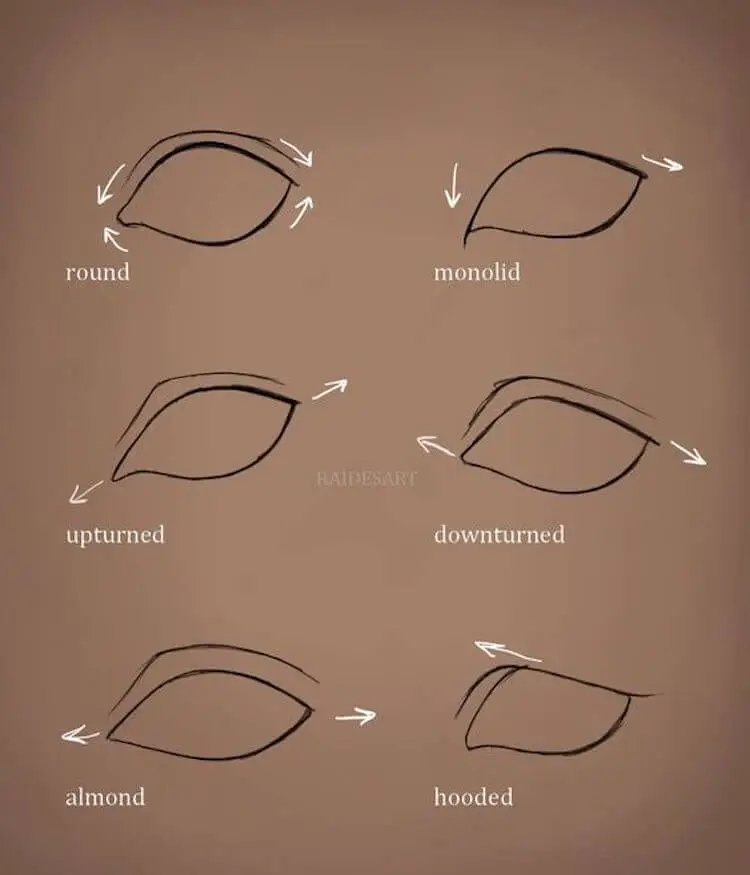
New experiences can provide a wealth of art inspiration. Traveling to an unfamiliar place or trying a new activity can shift perspective. This change can uncover themes or ideas previously unnoticed.
Engaging with diverse cultures expands artistic horizons. Exposure to different lifestyles, foods, or traditions offers fresh insights. This diversity enriches creative expression and broadens an artist’s palette.
Finding new viewpoints can be as simple as altering daily routines. Small changes introduce new stimuli, allowing creativity to flourish in unexpected ways.

The Power of Collaboration and Community
Collaboration multiplies creative energy. Working with other artists exposes new techniques and concepts. This exchange fosters creativity and pushes artistic limits.
Community offers support and inspiration. Engaging in discussions with peers generates new ideas. Shared experiences can reignite motivation, keeping enthusiasm alive.
Learning from others enriches the creative process. Collaborations provide fresh insights, allowing artists to see their work from different angles. Together, artists can achieve innovations that might be difficult alone.

Embracing Personal Experiences in Art
Personal experiences offer a rich tapestry for artistic expression. They inject authenticity and emotional depth into artwork. Art becomes a vehicle for sharing individual journeys and stories.
Artists often find inspiration in their own lives and challenges. Triumphs and struggles both serve as powerful catalysts for creativity. These elements make the art relatable and deeply personal.
Exploring personal narratives can lead to innovative ideas. By delving into their own histories, artists can uncover themes that resonate on a universal level. This introspection transforms personal tales into compelling art.

Leveraging Technology and Social Media for Art Inspo
Technology and social media are powerful tools for art inspiration. They connect artists globally, creating a vast network of ideas. This interconnectedness enriches creative experiences and expands possibilities.
Social media platforms offer instant access to diverse art styles. Artists can explore and engage with global trends and movements. This exposure provides insights into the latest techniques and concepts.
Technology allows artists to experiment with digital mediums. From graphic design software to virtual art galleries, the digital world opens new creative frontiers. These tools enhance creativity and broaden artistic horizons.
Digital Tools and Online Platforms
Digital tools offer limitless creative potential. Software like Photoshop and Procreate allows precision and experimentation. Artists can create and revise without traditional limitations.
Online platforms like Behance or Pinterest showcase a variety of art styles. They provide endless streams of visual inspiration and tutorials. Artists can learn, adapt, and integrate new techniques into their work.
The digital realm also fosters interactive creativity. Platforms enable artists to collaborate on virtual projects, sharing and refining ideas in real-time. This dynamic interaction sparks innovation and artistic growth.

Balancing Inspiration with Originality
Finding inspiration online requires balance. While learning from others is vital, maintaining originality is crucial. Artists should adapt influences rather than replicate them.


Innovation stems from combining diverse inspirations. Blending different art styles can lead to unique perspectives and ideas. This fusion fosters originality and personal expression.
Reflection helps artists distinguish influence from imitation. Regularly assessing one’s work ensures a personal touch remains dominant. This self-awareness nurtures authenticity and creative integrity.

The Artist’s Mindset: Curiosity, Mindfulness, and Discipline
The mindset of an artist is crucial to their creative journey. It involves nurturing curiosity, practicing mindfulness, and maintaining discipline. These elements work together to fuel inspiration and innovation.
Curiosity keeps an artist’s mind open to new ideas. It encourages exploration beyond known horizons. An inquisitive mind continuously seeks fresh sources of art inspo.
Mindfulness enhances observation and concentration. By being present, artists can notice subtle details and unique patterns. This presence can transform ordinary sights into extraordinary art concepts.
Discipline is the backbone of consistent creativity. Regular practice strengthens skills and builds a robust creative routine. It ensures that inspiration is met with readiness and skill to create.
Staying Curious and Asking Questions


Curiosity is the spark of all artistic endeavors. It drives artists to explore new worlds and ideas. Asking questions fuels this curiosity, leading to deeper understanding and insight.
Curious artists often find inspiration in unexpected places. Their willingness to investigate the unfamiliar can uncover hidden art inspo. Every answer leads to a new question, creating a cycle of perpetual discovery.
Questions transform ordinary experiences into opportunities for growth. They encourage artists to challenge conventions and think differently. This mindset cultivates originality and creative breakthroughs.

Practicing Mindfulness to Enhance Observation
Mindfulness sharpens an artist’s ability to observe details. It involves focusing on the present and experiencing the world deeply. This practice enhances both technical skills and creative insight.
Artistic mindfulness enables seeing beyond the surface. It allows artists to capture the essence of a scene or object. This depth of perception adds richness and authenticity to their work.
Regular mindfulness practice can lead to profound inspiration. Through calm reflection, artists can connect to their emotions and environment. This connection transforms ordinary moments into extraordinary art.
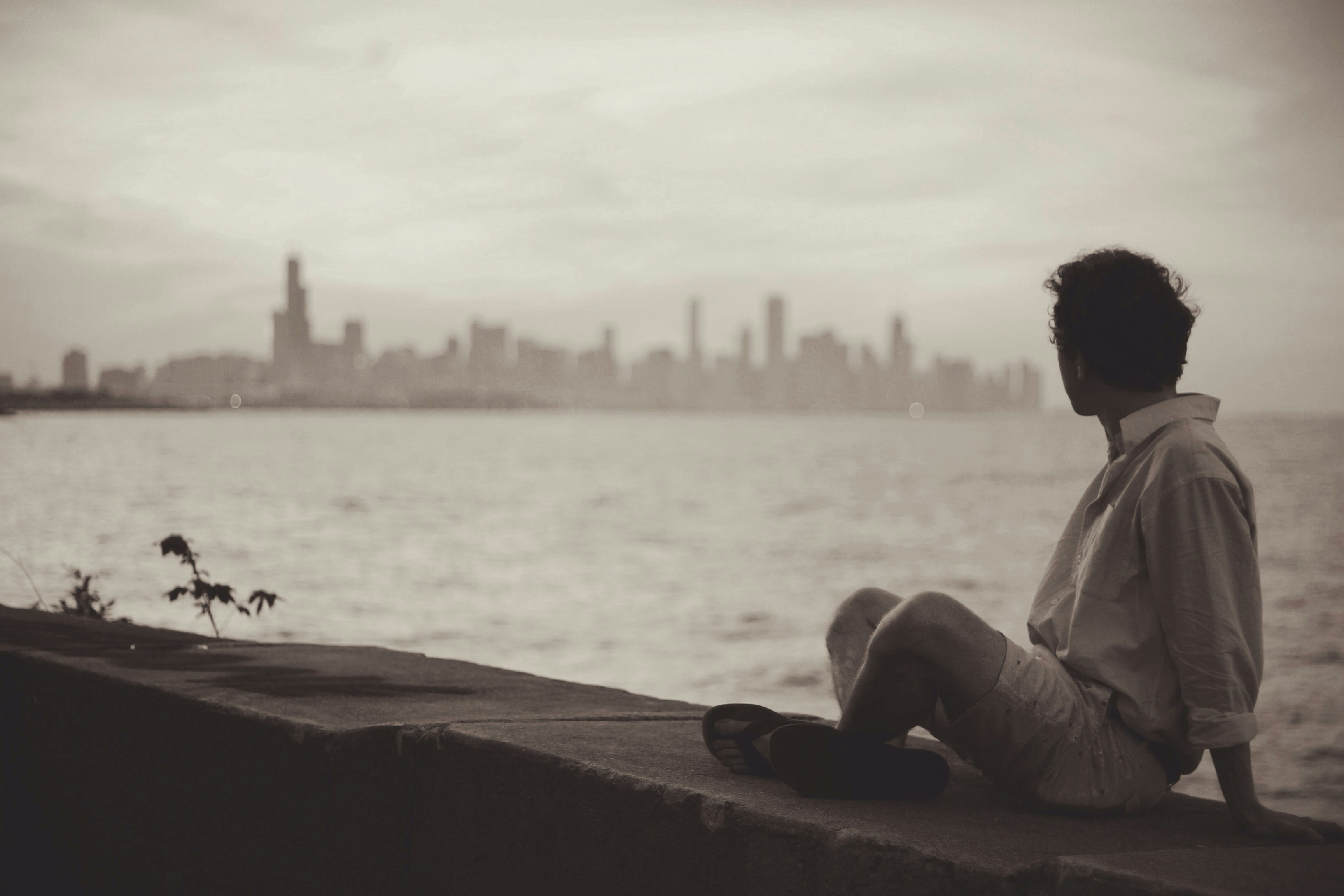
The Role of Routine in Nurturing Creativity
A steady routine is vital in nurturing creativity. It provides a framework that supports and enhances the artistic process. Consistency allows for the growth and refinement of skills over time.
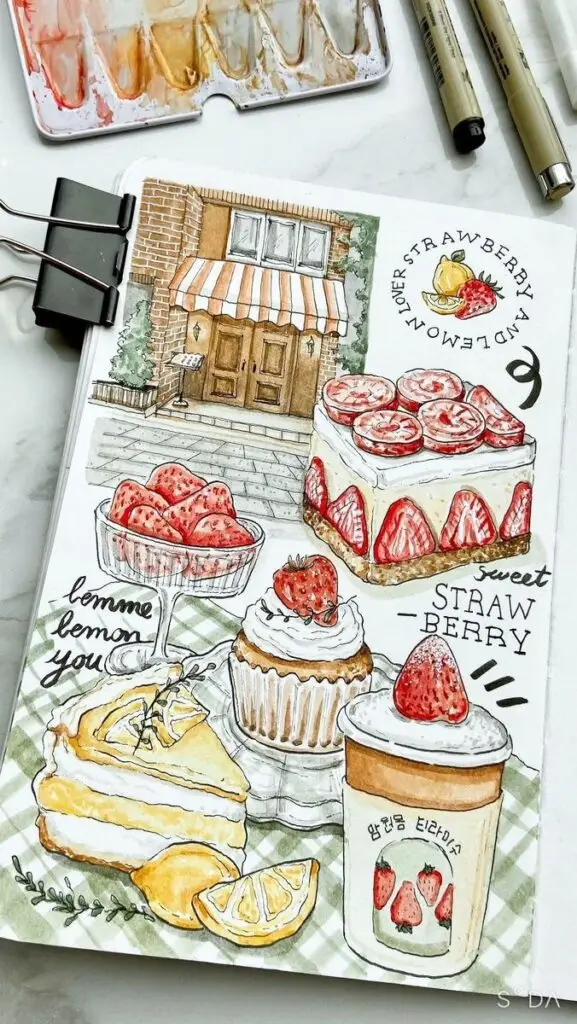

Routine fosters discipline, which is essential for creative success. By dedicating time to art daily, artists build strong habits. These habits ensure that skills continue to develop and evolve.
Balancing routine with flexibility keeps creativity vibrant. While structure is crucial, artists should remain open to spontaneity. This balance allows for both skillful execution and inspired moments.

Art Challenges and Prompts: Sparking Creativity
Art challenges and prompts can invigorate your artistic practice. They provide a structured way to explore new themes and techniques. These tools are invaluable for artists seeking fresh inspiration.
Participating in art challenges can push you out of your comfort zone. They often involve set criteria or timeframes, promoting creative problem-solving. This constraint can lead to unexpected and delightful results.
Prompts, on the other hand, offer a jumpstart when inspiration lags. A simple phrase or idea can unlock a new direction. They help prevent the dreaded creative stagnation that all artists face.
Engaging with Art Challenges


Art challenges are communal and often viral. Joining one can connect you with a larger artistic community. This engagement can offer encouragement and constructive feedback.
By attempting challenges with specific themes or styles, you expand your creative repertoire. Each challenge becomes a learning opportunity, broadening your skills. This diversity enriches your artistic expression.
The disciplined nature of challenges fosters a routine of daily practice. Regular participation keeps creativity flowing and ideas fresh. This habitual engagement reduces the intimidation of the blank canvas.

Using Prompts to Overcome Creative Stagnation
Creative prompts are versatile tools for reigniting the imagination. They stimulate thought processes in new and exciting directions. A prompt can be as simple as a word or a concept.
These prompts are particularly effective when feeling stuck. They offer a focal point to explore when inspiration feels scarce. Starting small with a prompt can lead to a cascade of ideas.
Prompts encourage playfulness and experimentation. They remove the pressure to produce something perfect, which liberates creativity. This freedom allows artists to rediscover the joy in their craft.

Conclusion: The Continuous Journey of Finding Art Inspiration
Finding art inspiration is a dynamic, never-ending journey. Each day offers new opportunities for creativity. As artists, we must remain open and willing to explore.
This ongoing pursuit requires flexibility and curiosity. Whether through nature, culture, or modern technology, inspiration surrounds us. Recognizing its presence is the first step to harnessing its power.
Inspiration cannot be forced, but it can be nurtured. By embracing diverse sources and maintaining a curious mindset, the flow of creativity continues. This journey not only enriches art but life itself.
- 7shares
- Facebook0
- Pinterest7
- Twitter0
